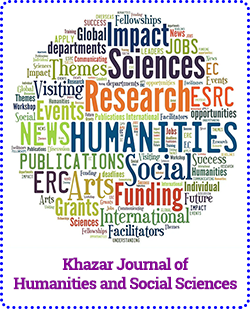The Model of Desire and Fear as an Invariant in Literature
DOI:
https://doi.org/10.5782/2223-2621.2024.27.2.118Keywords:
Archetype of desire and fear, war and psychological states, deixis theory in literary analysis, psychological conflict in proseAbstract
The issue of the projection of the desire and fear model in literature is analyzed from different perspectives in this research. Desire and fear along with forming a dichotomy together, complement each other. Sometimes the feeling of fear turns into a barrier in front of the feeling of desire, whereas, the feeling of fear sometimes saves him (her) from taking some wrong steps. Humans are born as biological beings, but they are formed as social beings. Each person is formed through the relationship between the individual and society; he acts taking into account the stereotypes of the society - the public opinion. This, very fact, forms the balance of desire and fear within each person. When the balance of desire and fear is disturbed, it sometimes leads to tragedy for the individual. In the analysis of a work of art, the psychological basis of the tragedy is called post-traumatic syndrome.
One of the ways to determine the character of images in literature is the model of desire and fear. Throughout the work, as a result of the desires and fears of the characters, taking wrong and right steps, the reader forms an opinion about whether they are positive or negative characters. The main focus of the prose works of Ramiz Rovshan and Isa Huseynov, which we have chosen for research, is the human and his psychological state against the background of war, and the existence of this state was revealed in the archetype model of desire and fear. We analyze this existence with deixis theory as a research method.
Downloads








